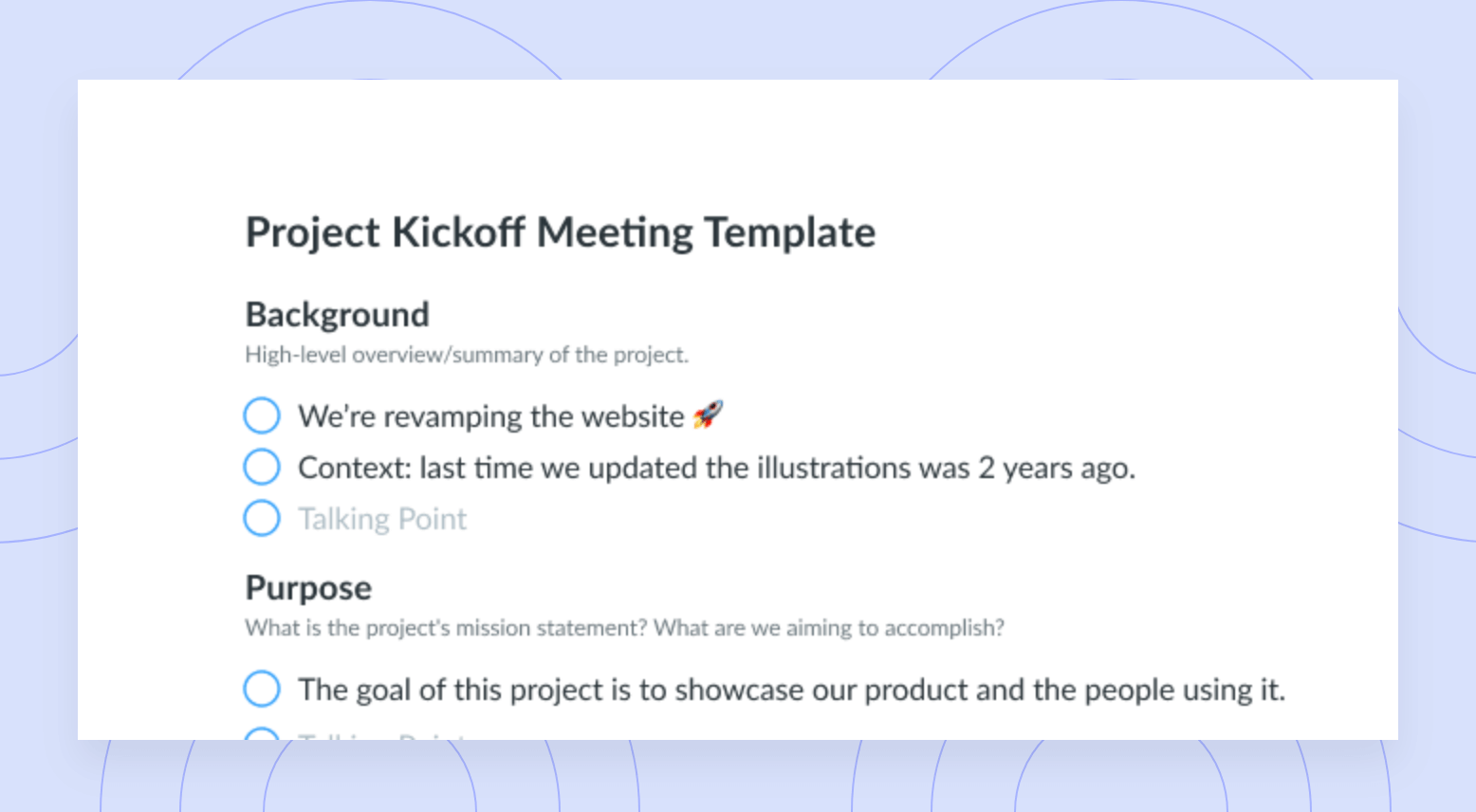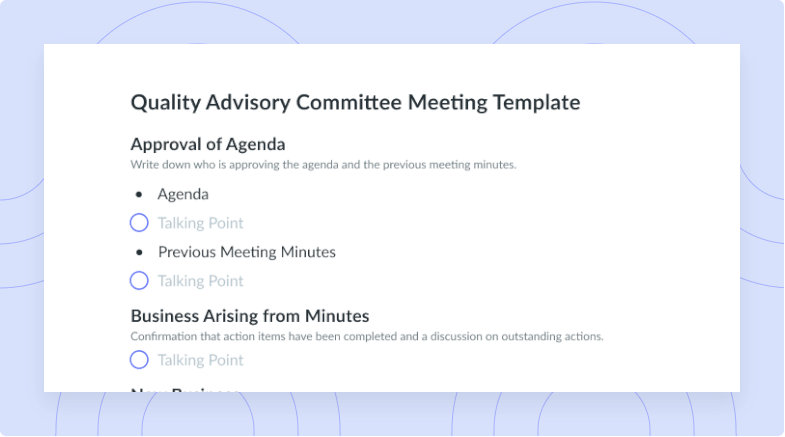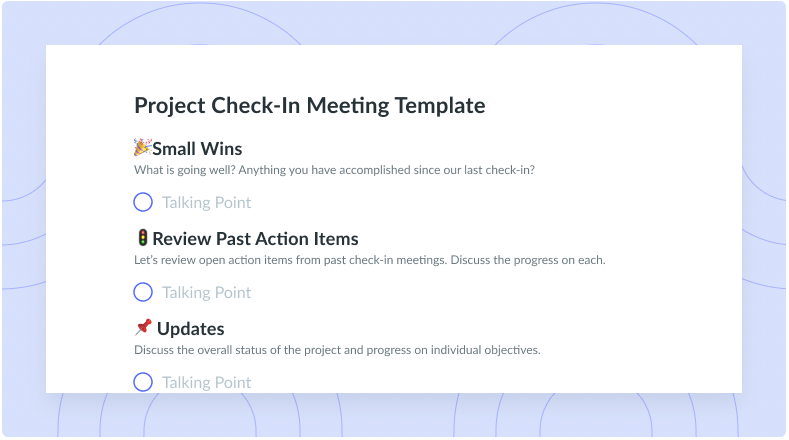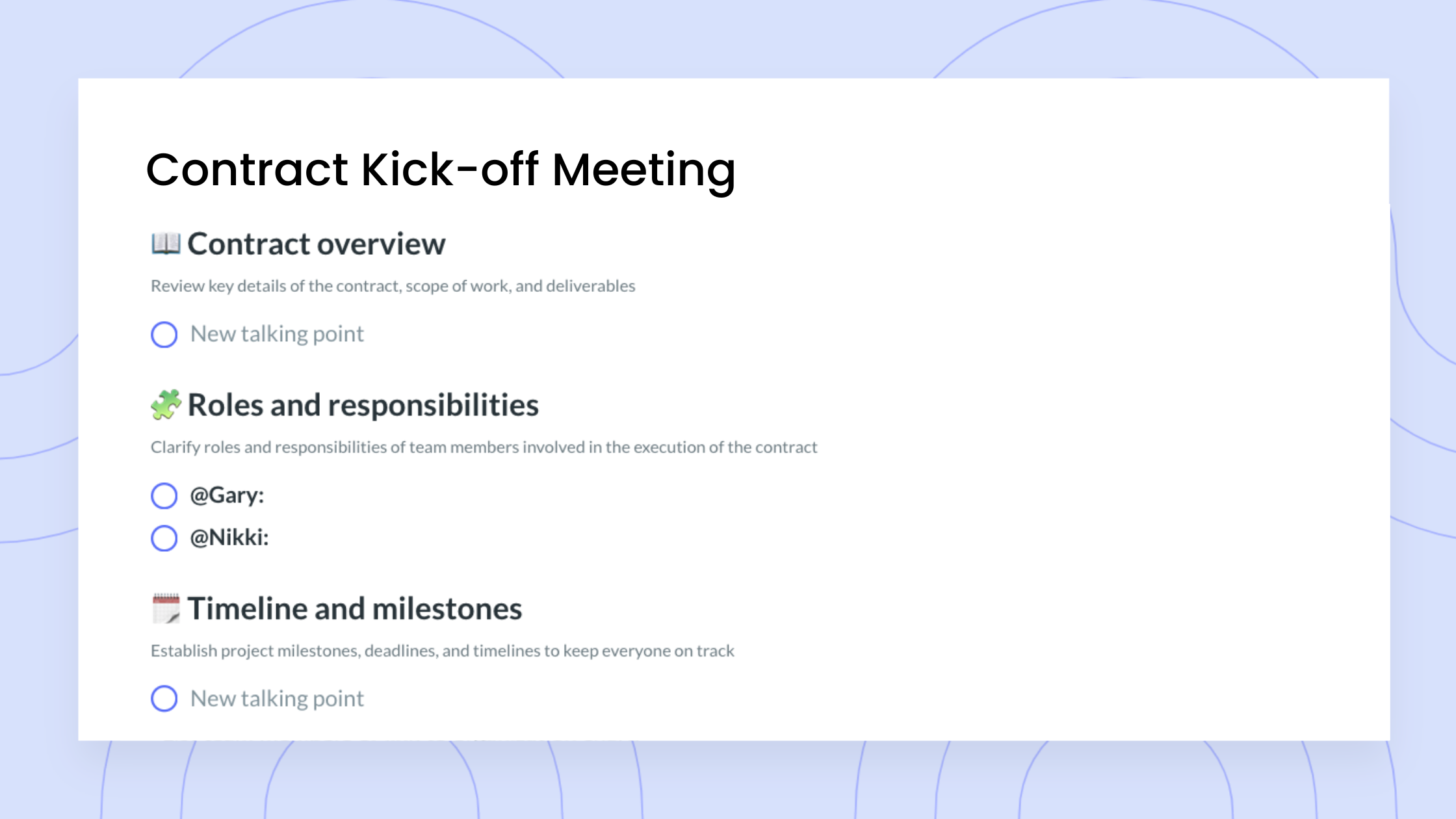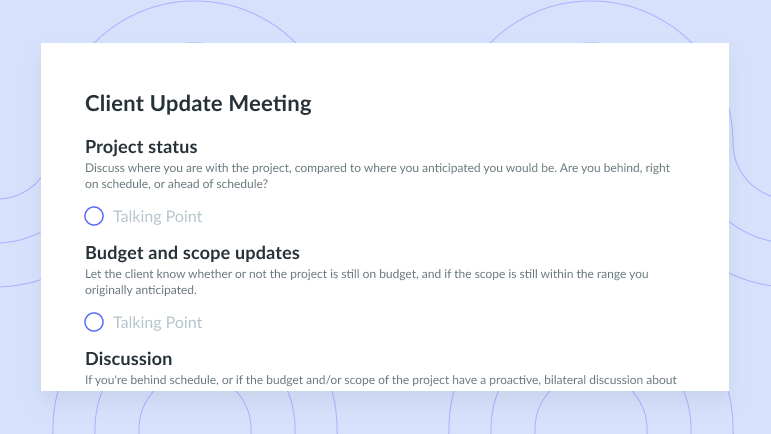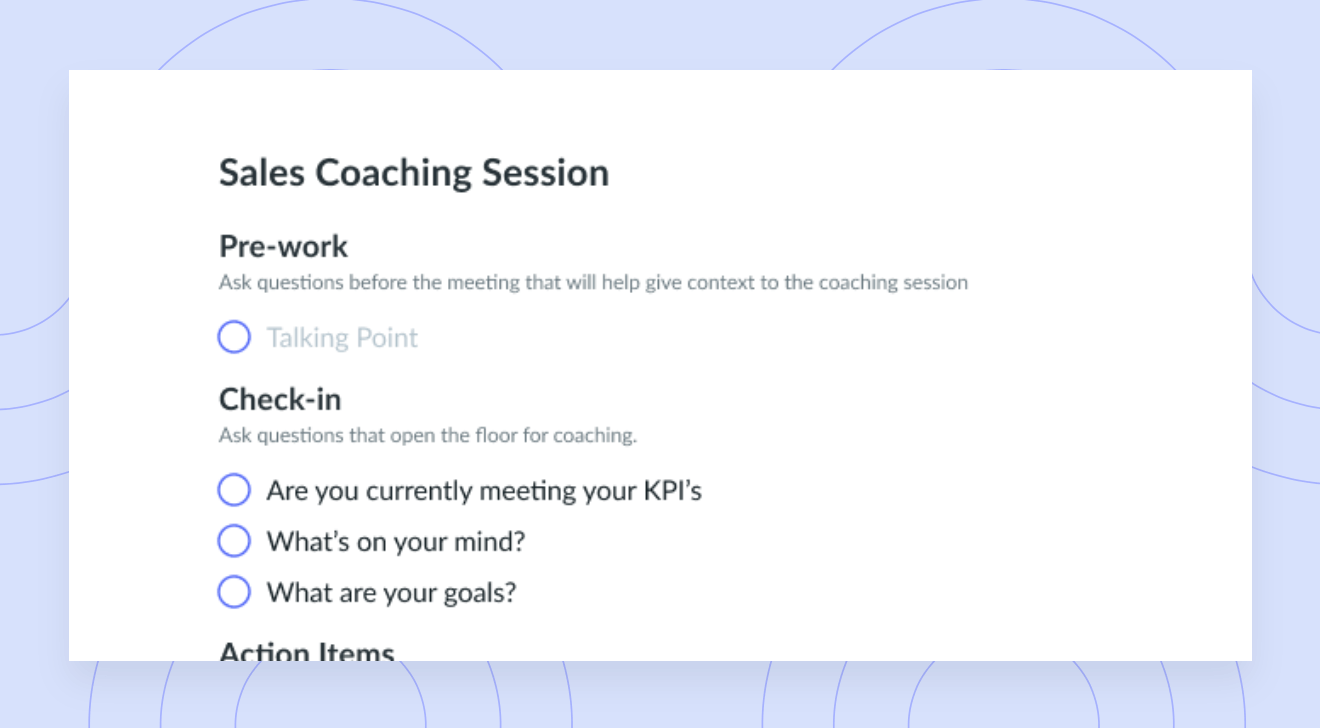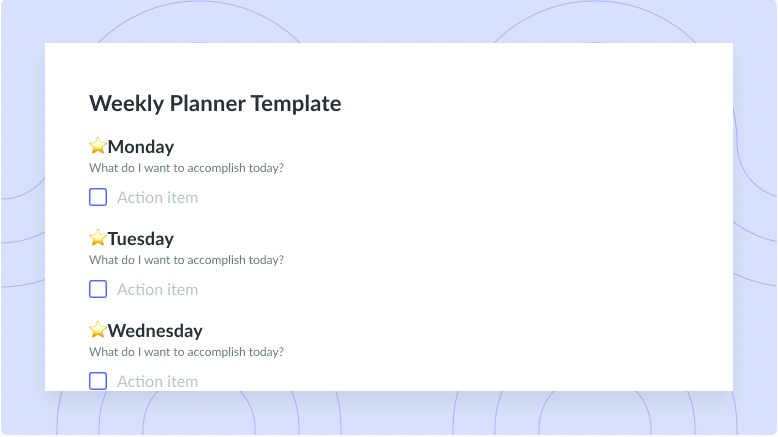All About the Constraints in Project Management
Don’t let constraints lower your project’s quality. Learn how to effectively manage them and maximize your project’s results.
There’s so much that goes into a successful project – creating a budget, balancing workloads, meeting deadlines, communicating with stakeholders. Often, your work on one part of your project can lead to shifts in other areas, such as your project’s cost or timeline.
Managing these aspects, known as project constraints, is a bit of a tightrope walk. Quality has to be a priority, but money doesn’t grow on trees. So, then, what are constraints in project management? Below, learn all about project constraints and how you can manage them for maximum project success and customer satisfaction.
- What are constraints in project management?
- How to effectively deal with project constraints
- 6 project constraints and how to manage them for project success
- The triple constraints of project management
- How to manage project constraints
What are constraints in project management?
Project constraints are limitations or risks that can affect your project’s quality. They set the tone for your project – they determine its size and the amount of time you can spend on it. You’ll need to think about these constraints throughout your project’s life cycle.

Managing a team?
Take control of your team meetings by having collaborative meeting notes and encouraging accountability with action items. Try a tool like Fellow!

How to effectively deal with project constraints
To manage project constraints, you’ll first need to take a very simple step: Make yourself aware of them. During your planning phase, think about potential constraints and how you can address them. That’s all it takes to find your project constraints.
After that, from start to finish, you should keep a close eye on your project’s progress. No, we’re not saying to micromanage your team – we would never – but you should make sure your processes go according to plan. If anything is off track, you can use the solutions you’ve thought of to find new ways forward.
6 project constraints and how to manage them for project success
Below are six common project constraints and ways you can manage them so that they don’t block your success.
1Cost
Before you start on any project, you’ll typically set a budget. This determines how much money you can spend and immediately sets cost constraints.
To help you understand your project’s cost constraints, estimate the money you’ll spend on it. Try looking at past projects to see how much money your team needed to complete them. If you predict your overtime budget will be tight, you’ll know to find ways to maximize employee productivity during regular hours.
2Risk
Project risks are any unexpected obstacles that can slow your project down. Several types of risks can come up, including tighter deadlines, limited resources, and higher costs than expected. A lack of clarity with your project can also cause some delays. A clear understanding of stakeholder expectations and how you’ll do the work can minimize this risk.
Depending on the situation, potential risks can either benefit your project or put up hurdles. For example, you might hire a new team member during your project. While they can lighten your team’s load, you’ll also need to adjust your budget and make time to get your new hire up to speed.
3Scope
The scope of your project includes all its moving parts – the timeline, tasks, resources, goals, and deliverables. Scope creep is one of the most common risks you’ll face. It happens when a project’s requirements slowly, continuously increase or expand. For example, let’s say you expected a certain two tasks to comprise the first week of your project. If a totally new task comes up this week too, and then this keeps happening every week, that’s scope creep.
To lower the risk of scope creep, you should put a firm project plan in place. This plan should outline the project’s exact number of tasks and deliverables and when stakeholders should expect them. Of course, it’s not like you can totally avoid new tasks, so you should still account for potential issues and how to address them. This way, if they come up, you can dial back your scope creep sooner than later.
4Quality
Your project’s quality is basically how well your final product meets your initial goals and your stakeholders’ expectations. It’s directly tied to other project constraints such as resources, cost, and time. Team communication, design and planning efforts, and team performance can also shift a project’s quality. Focusing on this all while paying attention to the other constraints can help your end results shine bright like a diamond.
5Resources
Project resources are anything required to complete your project. There’s almost always a limit to your resources – how available are your team members, equipment, money, and technology? Creating a resource management plan can help you make the most of your resources to fully harness your team’s power. Your top-notch results will show just how well you’ve managed all of your project’s moving pieces.
6Time
Everyone wishes they had more time in a day. The same is true when working on projects. After all, there’s only so much time your team can spend working on tasks or project phases. If your team isn’t sticking to the original timeline, your project costs and risks can balloon.
Effective time management is key to keeping a project on its original course. To help your project stay on track, write a plan that details your project’s goals and how you plan to reach them. Make schedules for project phases, and closely track your team’s progress along the way.
The triple constraints of project management
Time, cost, and scope are referred to as the triple constraints of project management, or the “project management triangle.” You’ll need to balance these constraints to maintain your project’s quality – they affect just about every other part of your project. For example, if your project’s scope increases, you’ll need to increase your budget and expand your timeline. You can play around with these constraints to find the right balance.
How to manage project constraints
Below are some ways you can effectively manage project constraints.
- Really get to know your constraints
- Create a plan
- Run risk analyses
- Prioritize quality
- Encourage collaboration and communication
- Be flexible
1Really get to know your constraints
The first step to managing your project constraints is knowing them like the back of your hand. Take some time to sit down with your team and go over all the potential constraints. This way, you’re not guessing what you need to address, and you have resources to lean on when you come up against your constraints.
2Create a plan
Once you’ve figured out your potential constraints, come up with some strategies for handling them. Draft a contingency plan that outlines the steps you’ll take if your project goes outside its planned scope, timeline, or budget. From there, you can determine which resources you’ll need and how to get your project back on course.
3Run risk analyses
Risk management is all about finding, reviewing, limiting, and tracking any risks that arise. Running regular risk analyses can help you spot the early signs of your project veering away from its planned course. From there, you can quickly get your contingency plan up and running and adjust your project management triangle.
4Prioritize quality
You should always keep quality in mind as you look at your project constraints. Ask yourself questions like: Is everything on time, and if not, what would a delay mean for quality? Check on your project’s constraints and how well you’re balancing them every time you adjust them. This way, your quality stays high no matter what.
5Encourage collaboration and communication
Team collaboration and communication are key to effectively managing project constraints. Your team members need to feel comfortable raising concerns and sharing issues with both each other and their project managers. They also need to know how to work together so that everyone’s collective efforts move your project in the right direction.
With Fellow, everyone on your team can collaborate on meeting agendas, record decisions, and keep each other accountable to ensure smooth collaboration and communication on all projects.
Try out this free collaborative project status meeting agenda template:
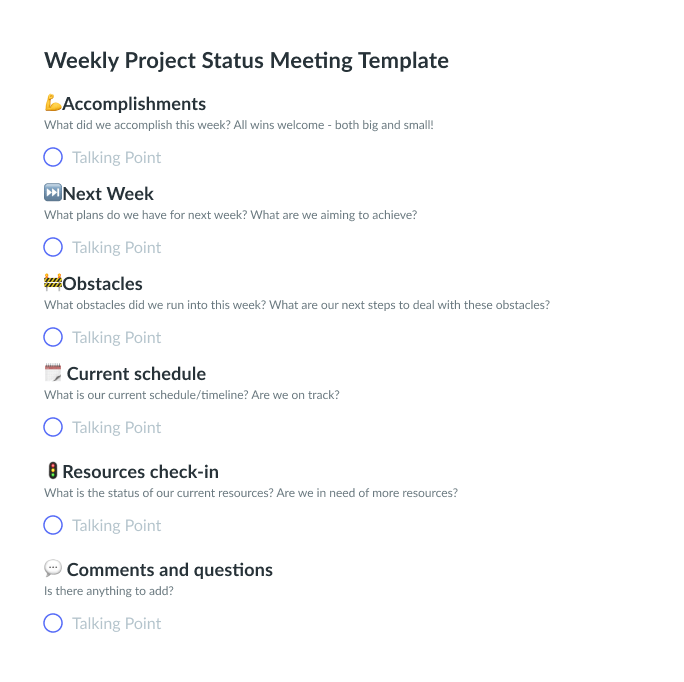
6Be flexible
Until the moment you send your deliverables to your client, your project is a work in progress. Try to be flexible throughout the entire process – go ahead and ditch those rigid plans for your project constraints. Instead, think of ways you can make on-the-fly adjustments to address constraints. This way, you can instantly switch things up while moving full steam ahead, all without risking your project’s quality.
Limit your constraints, not your success
With the right project management techniques, constraints don’t have to lower your project’s quality. Knowing what constraints you’ll come up against can help you manage them effectively and keep your project on a bright path forward.
As you guide your team through the process, Fellow has all the project management tools you need to keep communication flowing smoothly. Collaborating on meeting agendas and getting feedback from team members has never been easier. With Fellow, managing project constraints is no longer a challenge. It’s just another part of project management, and now, there’s no limit to what you and your team can do.









